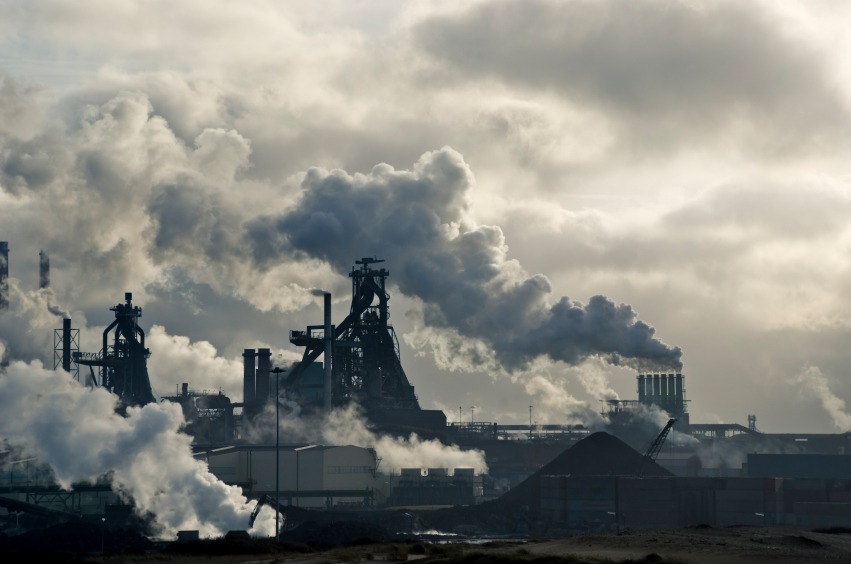

Here at Popular Science, we’re pretty optimistic about the potential for large-scale technological projects. But sometimes the cutting edge can cut in destructive ways. Join us as we look at five upcoming projects that have the potential to wreak destruction on the environment.




